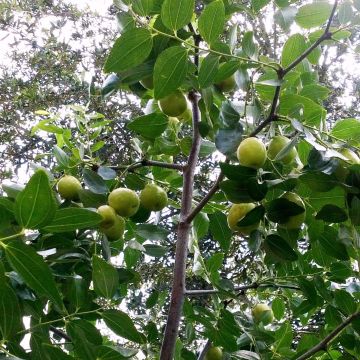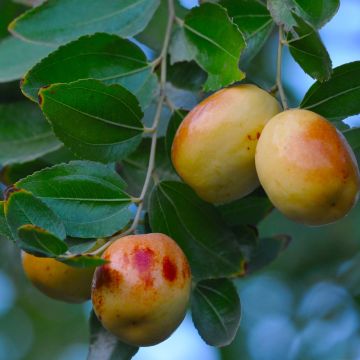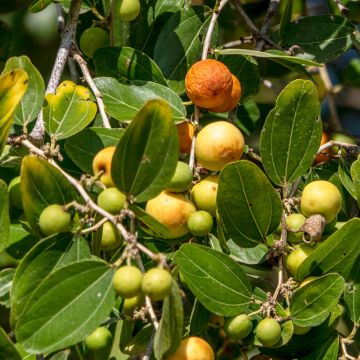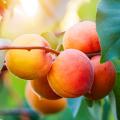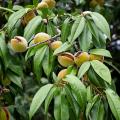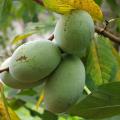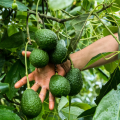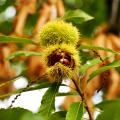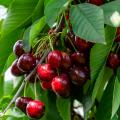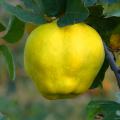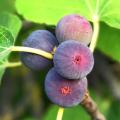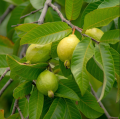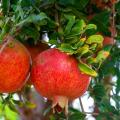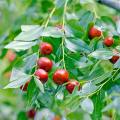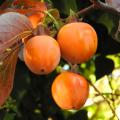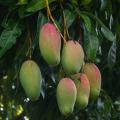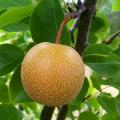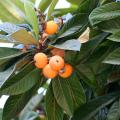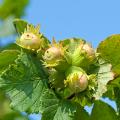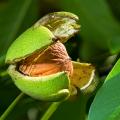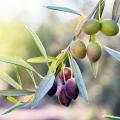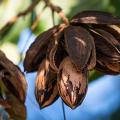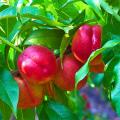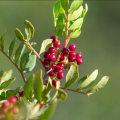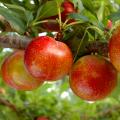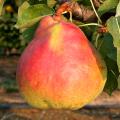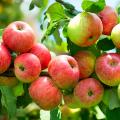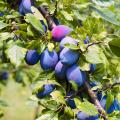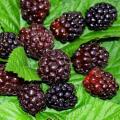Jujube trees - Ziziphus
Would this plant suit my garden? Set up your Plantfit profile →
Available in 1 sizes
Available in 1 sizes
Available in 2 sizes
Available in 1 sizes
The jujube tree, known as Ziziphus jujuba in Latin, is a fruit tree from the Rhamnaceae family, often spiny, that produces fruits called jujubes or Chinese dates. First cultivated in China, it later arrived in our Mediterranean regions, where it appreciates the climate. Indeed, this small tree, although hardy down to -15 °C (5°F) and below, needs long summers to bear fruit well, with the fruits ripening in September-October. In less favourable regions, its twisted habit, slightly trailing branches, melliferous flowering, and glossy foliage still make it a decorative and picturesque small tree. Numerous fruit varieties have been selected over time, resulting in jujubes ranging in size from an olive to an apple. In the south of France, traditional varieties can still be found under the name Ziziphus jujuba de Provence. From China, we have varieties such as 'Lang' with very large pear-shaped fruits, or 'Li', which is less spiny and highly productive. In the United States, jujube trees such as 'Sherwood', which is late fruiting and less spiny with a columnar habit, or 'Honey Jar', with small and very sweet jujubes, have been developed.
Haven't found what you were looking for?





































